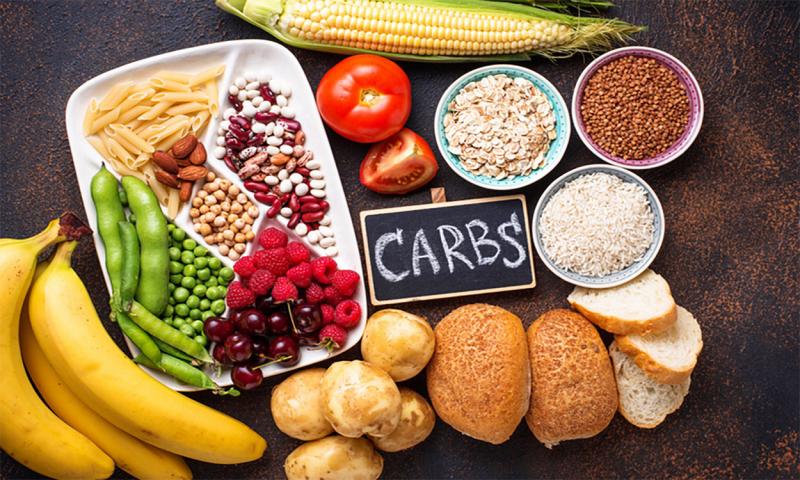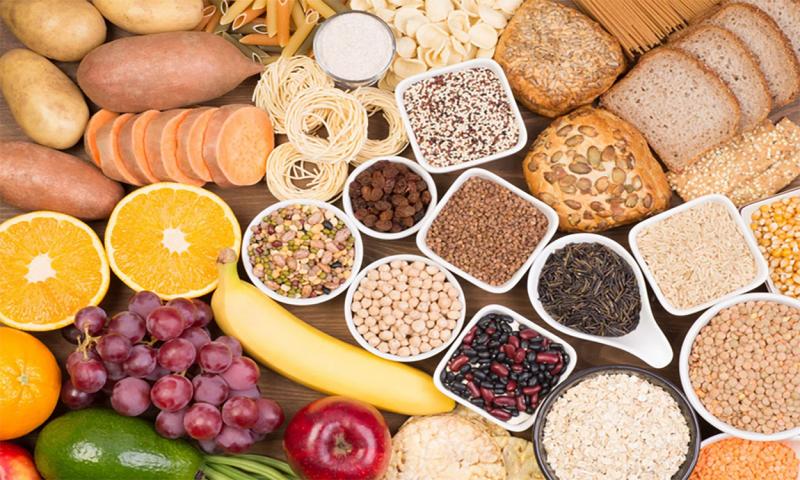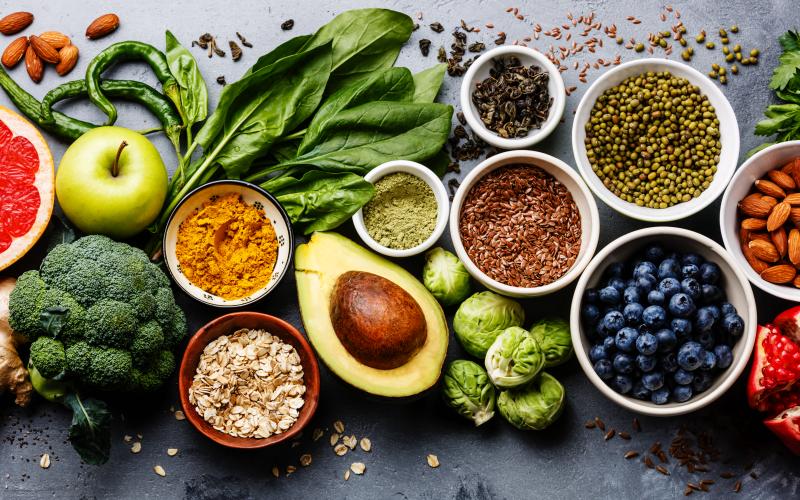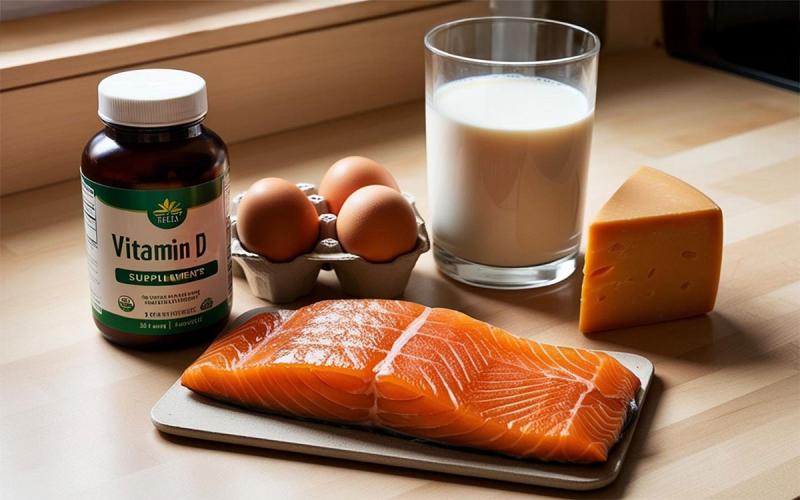Originally written by Anna Tvedt, former SDSU Extension Nutrition Field Specialist.
There are two categories of nutrients: macronutrients and micronutrients. Macronutrients are needed in large amounts, and micronutrients are needed in small amounts. In addition to this, macronutrients provide energy in the form of calories and micronutrients do not. Macronutrients include carbohydrates, lipids, and proteins. Vitamins and minerals are micronutrients. Water could be considered either one, because it is needed in large amounts (macronutrient) but does not provide calories (micronutrient). This article will explore carbohydrates.
What are Carbohydrates?

Structure
Carbohydrates are composed of the elements carbon, hydrogen, and oxygen. These elements combine to form simple and complex carbohydrates. Simple carbohydrates include monosaccharides and disaccharides. Complex carbohydrates are polysaccharides. The smallest unit of a carbohydrate is a monosaccharide, which bonds to other monosaccharides to form disaccharides and polysaccharides.
Monosaccharides
Glucose, fructose, and galactose are the three monosaccharides. Glucose is the most-abundant monosaccharide, although very little of it is eaten as a monosaccharide, many glucose molecules are linked to form disaccharides and polysaccharides, which get broken down into glucose in the body. Glucose is known as “blood sugar,” or “blood glucose.” Fructose is found naturally in fruits, vegetables, and honey, and it is derived to form high fructose corn syrup. Galactose is found in our diet as part of disaccharides.
Disaccharides
Carbohydrates containing two monosaccharides are disaccharides. Lactose is the primary sugar in dairy products and is made of a glucose and galactose monosaccharide. Maltose is not common in foods, but it can be found in malting beverages. It contains two glucose molecules. Sucrose is found in large amounts in plants like sugarcane, sugar beets, and maple tree sap. It is also derived from plants to make sugar sold at grocery stores. Sucrose is made of a glucose and fructose monosaccharide.
Polysaccharides
Polysaccharides contain hundreds to thousands of glucose monosaccharides linked together to form starch, glycogen, or fiber. Starch and glycogen are digestible. Starch is the storage form of carbohydrates in plants and thus what is eaten from plant foods. Glycogen is the storage form of carbohydrate in humans and other animals. Fiber is the indigestible polysaccharide. It comes from plants and contains bonds between glucose molecules that cannot be broken by human digestive enzymes.
Dietary Sources

Plants are the main source of carbohydrates. Consider the following sources (and please note that this list is not comprehensive):
- Simple Carbohydrates (mono- and disaccharides): Naturally in fruit, fruit juice, vegetables, honey, dairy, and tree sap; derived to make table sugar, brown sugar, powdered sugar, and high fructose corn syrup.
- Starch: Grains, such as wheat, rye, corn, oats, barley, and rice used to make breads, pastas, and cereals; legumes, such as beans and peas; and tubers such as potatoes.
- Fiber: Whole grains and whole fruits and vegetables.
Adequate Amounts
The recommended average intake of carbohydrates per day is 45 to 65% of total calories for adults and children one year and older. For example, a typical adult diet is approximately 2,000 calories per day. Multiplying 2,000 by 45% and 65% equals 900 to 1,300 calories per day. Since carbohydrates provide four calories per gram, dividing calories by four determines grams of carbohydrates: 225 to 325 grams per day.
North Americans consume about 50% of energy from carbohydrates, but the leading sources are white bread, soft drinks, and added sugars. In contrast, the Dietary Guidelines for Americans (abbreviated as DGAs) recommend less than 10% of daily calories come from added sugars. The DGAs also recommend that at least half of grains be whole grains and to focus on whole fruit as opposed to fruit juices. The adequate intake for fiber is 25 grams per day for women and 38 grams for men until age 50. After age 50 this reduces to 21 grams and 30 grams per day, respectively.
Functions

Digestible Carbohydrates (simple carbohydrates and starch)
- Energy: The main function of glucose is to provide the body with energy. It offers four calories per gram. The brain and red blood cells rely almost completely on glucose. Muscles and other body cells use glucose as well. By using glucose for energy, protein is spared from being used as an energy source.
Indigestible Carbohydrates (fiber)
- Promote Bowl Health: Fiber adds bulk when paired with hydration, which makes bowel movements easier and prevents diverticulitis.
- Enhance Blood Glucose Control: Fiber can slow glucose absorption from the small intestine to the bloodstream, and thus moderate blood glucose and insulin response.
- Reduce Cholesterol Absorption: Fiber can reduce the risk of cardiovascular disease and gallstones by inhibiting the absorption of bile acids from the small intestine.
Sources
- Byrd-Bredbenner, C., & Wardlaw, G. M. (2014). Wardlaw’s perspectives in nutrition: A functional approach. McGraw-Hill.
- U.S. Department of Agriculture and U.S. Department of Health and Human Services. Dietary Guidelines for Americans, 2020-2025. 9th Edition. December 2020.


